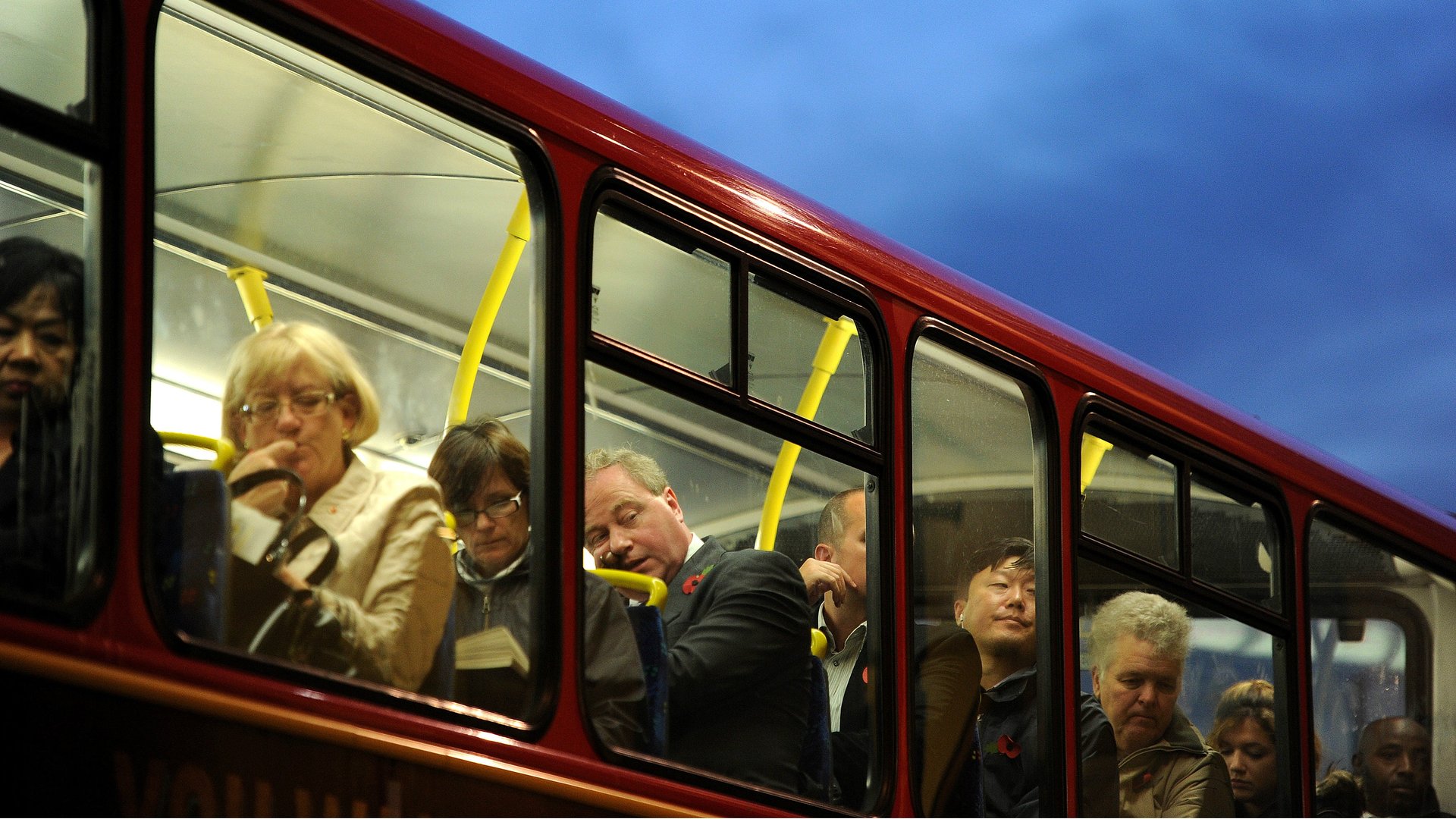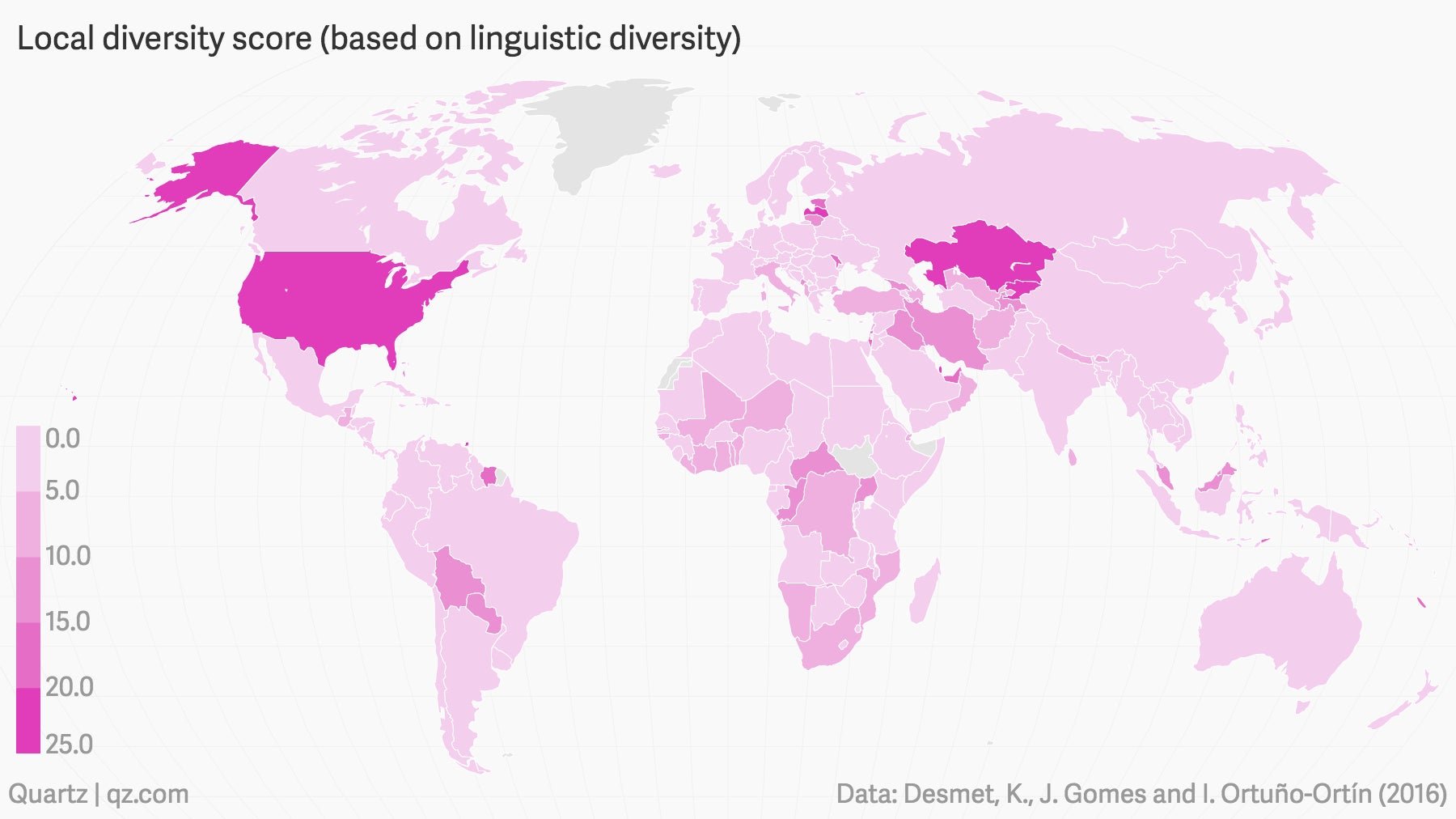When diverse groups interact, everybody ends up smarter and healthier
A striking fact about the tide of nationalism sweeping through the West is that it is strongest in places with the least diversity. Supporters of Donald Trump, and his “America first” policies, generally come from areas of the US least touched by immigration. The parts of the UK that opted to “take back control” by voting for Brexit also clustered in areas with fewer foreign-born residents.


A striking fact about the tide of nationalism sweeping through the West is that it is strongest in places with the least diversity. Supporters of Donald Trump, and his “America first” policies, generally come from areas of the US least touched by immigration. The parts of the UK that opted to “take back control” by voting for Brexit also clustered in areas with fewer foreign-born residents.
But as a group of economists note, “although individuals may feel antagonism towards other groups in society, that prejudice is less strong if they interact with these groups in their daily lives.”
In recently released research (pdf), Klaus Desmet, Joseph Gomes, and Ignacio Ortuño-Ortín go well beyond examining the demographics of Trump and Brexit voters. Their research explores whether contact theory, the belief that increased interaction leads to better relations between groups, or conflict theory, that interaction leads to more prejudice, is a better way to describe the current state of the world. They examined data from nearly every country in the world, and find that when diverse groups interact, it leads to better outcomes in terms of health, education, and public infrastructure. Chalk one up for contact theory.
A vast body of earlier research has found, however, that ethnic and linguistic diversity tends to reduce spending on public goods. This is usually explained as a preference not to share with people perceived to be different. For example, Sweden’s high government spending versus the US might be down to Sweden’s relative lack of diversity.
This suggests that diversity is not helpful if groups mainly keep to themselves. To test this assumption, Desmet, Gomes, and Ortuño-Ortín divided the world into a grid of five-square-kilometer cells and estimated the number of people who speak different languages in each. Using this data and country-level estimates of diversity, the researchers calculated two numbers:
1) Country diversity: The probability that within a country two randomly chosen people speak the same language. A higher score means greater diversity in languages spoken.

2) Local diversity: The probability that if a person was introduced to one person randomly picked from their immediate area, and one person randomly picked from the country as a whole, those two people would speak the same language. This is a measure of a country’s segregation—the higher the score, the less segregated the country.

Taken together, countries like India score highly in terms of country-level diversity but low on local-level diversity—that is, the country’s many diverse groups don’t interact much. The US, by contrast, is less diverse at the country level than India, but its various groups more readily mix in local areas.
The researchers found that while country-level diversity has a negative impact on things like child mortality and literacy, localized diversity has an opposite, very positive impact. This holds true after accounting for a country’s wealth, inequality, and geography. This suggests that the the high segregation of Zimbabwe’s linguistic groups might contribute to its poor socioeconomic outcomes relative to the similarly diverse, but less segregated Botswana.
More mixing produces large effects. For example, a local diversity score in the top 20%, on average, leads to a markedly lower child mortality rate versus a similarly diverse country in the bottom 20%—worth a more than ten child-per-thousand decrease. Local diversity also appears to have a significant effect on measles immunization, literacy, and sanitation—all outcomes driven by public investment.
The researchers conclude that society would be better off if governments promoted more interaction between groups. They point to public housing and school districting policies as ways to encourage such mixing.